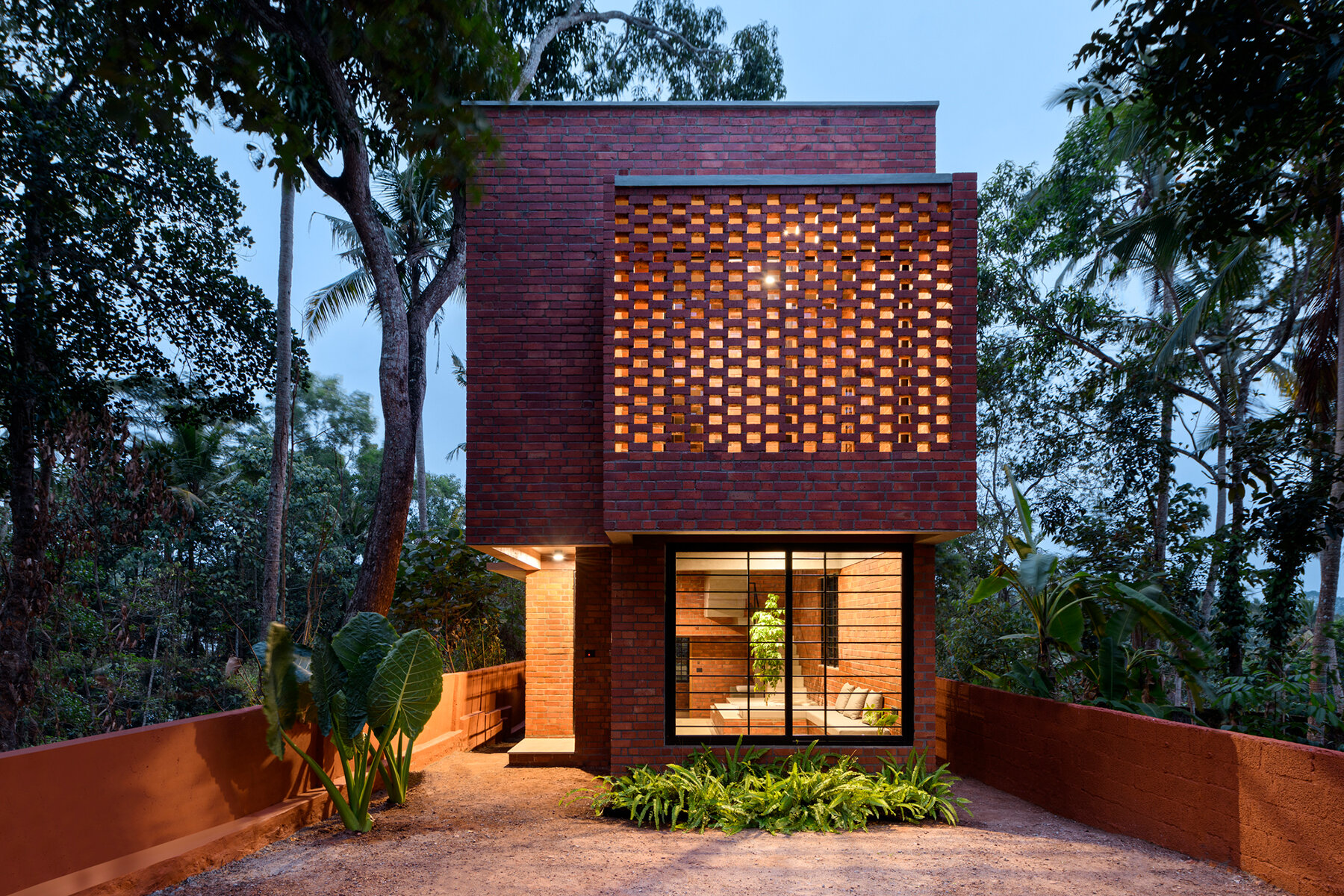Designing a functional home kitchen is an art that combines aesthetics with practicality. It involves critical thinking and creativity to create a space that not only looks good but also serves its purpose efficiently. The first step in designing a functional kitchen is to consider the available space. The layout should allow for easy movement between the stove, refrigerator, and sink – commonly known as the kitchen triangle.
The next important aspect to consider is storage. A well-organized kitchen needs ample storage space for utensils, appliances, groceries, and other items required for cooking and dining. Cabinets, drawers, shelves, or even hanging hooks can be utilized effectively for this purpose. Remember to design your storage according to what you have; larger appliances would require wider spaces while cutlery could fit into smaller drawers.
Lighting plays a crucial role in any room’s functionality and comfortability level – kitchens are no exception. Make sure your kitchen has plenty of light especially around key areas like the counter where you prepare food or the stove where you cook it. Adding under-cabinet lighting can also enhance visibility during food preparation.
In addition to these basics, ergonomics should be considered in your design process too. This means arranging things in such a way that they minimize strain on your body over time – think about how high you want your cabinets or how far apart your counters should be based on who will most often use them.
Another crucial factor when designing a functional home kitchen is selecting durable materials for countertops and floors since these areas receive heavy usage daily. For example, granite countertops are popular because they’re hardy while being visually appealing at the same time.
When choosing appliances for your home kitchen it’s essential to prioritize functionality over style although ideally both aspects should go hand-in-hand wherever possible! For instance energy-efficient appliances might cost more upfront but they’ll save money (and help environment) by reducing energy consumption over time.
Lastly don’t forget about ventilation which is often overlooked but extremely important for a functional kitchen. Proper ventilation helps eliminate cooking odors and reduces heat, making your kitchen more comfortable to work in. This could be achieved through installing a good quality range hood or ensuring there are enough windows for natural ventilation.
In conclusion, designing a functional home kitchen involves careful planning and thoughtful consideration of many factors including space utilization, storage, lighting, ergonomics, material selection, appliance choice, and ventilation. By keeping these principles in mind you can create a kitchen that’s not only beautiful but also serves its purpose efficiently making it the heart of your home where family members gather to cook eat and share precious moments together.

